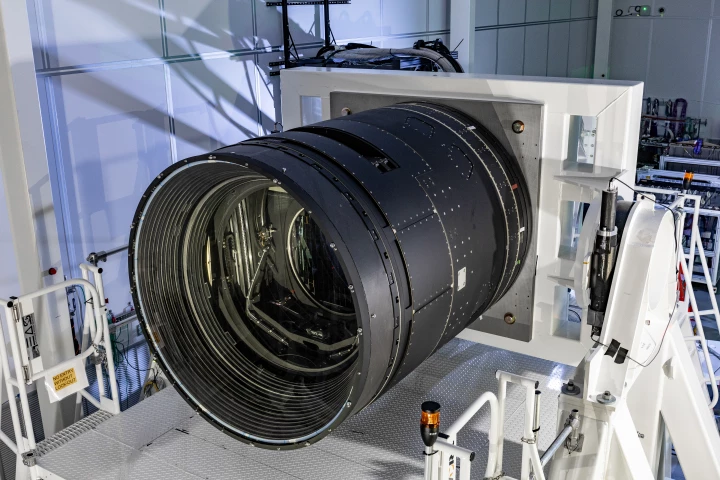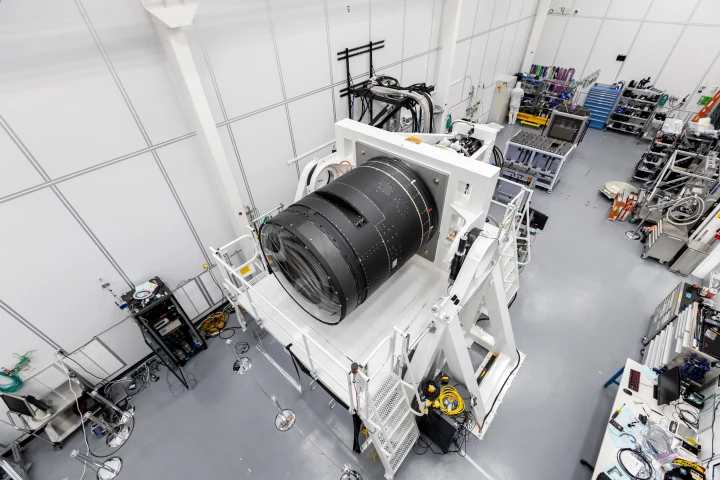Observatory
-
After decades of planning and building, the world's largest digital camera at the heart of the Vera C. Rubin Observatory on the summit of Cerro Pachón in Chile has snapped its first imagery – from test observations spanning a 10-hour window.
-
The SLAC National Accelerator Laboratory has announced the completion of the LSST Camera, which is capable of capturing 3,200-MP images, and will now be installed on a telescope in Chile to help unravel some of the biggest mysteries in the universe.
-
Earlier this year, it was reported that Earth was hit by the brightest gamma-ray bursts seen since the dawn of civilization. Now, a team of astronomers has assigned a value to the energy contained in those blasts and it's staggering to say the least.
-
Radio waves from Alaska have been transmitted to an asteroid passing just two lunar distances away from the Earth. The information gathered could arm scientists with information that may be critical in defending the planet from a collision some day.
-
Baca Architects has been hired to lead the design of the new Australian Underwater Discovery Centre. The whale-like building will be situated 2 km out at sea and partially submerged, offering visitors a view of life below the waves.
-
ESA has published a colossal data release from the agency’s Gaia observatory, which is currently engaged in a mission to survey 1 billion stars orbiting in the Milky Way. The data has already shed light on the motion of our galaxy and solar system.
-
The Arecibo Observatory's famous 1,000-ft (305-m) radio telescope is to be demolished after a second support cable failed. An assessment has determined that the radio dish and its 900-ton instrument platform are too unstable to be safely repaired.
-
Last week, the Earth had its closest shave with an asteroid ever recorded, when a small space rock skimmed just 370 km (230 miles) above the surface. For comparison, that’s closer than the orbit of the International Space Station.
-
The focal plane for what will be the world’s largest digital camera has been used to snap the first ever 3,200-megapixel images, with the team now preparing to install this sensor array into a next-generation telescope to study the universe.
-
The Super-Kamiokande neutrino observatory in Japan has received an upgrade. A rare-earth element called gadolinium has been added to the water in the facility, which will make it more sensitive to neutrinos from more distant and ancient supernovae.
-
Science operations have been suspended at the Arecibo Observatory in Puerto Rico after the radio telescope was damaged on Monday August 10. An auxiliary cable supporting a platform appears to have snapped and fallen, damaging the dish.
-
A team of astronomers has identified what may be the best spot on Earth to stick a telescope. A high plateau in eastern Antarctica would have an exceptionally clear view of the stars, even outperforming other locations on the polar continent.
Load More











